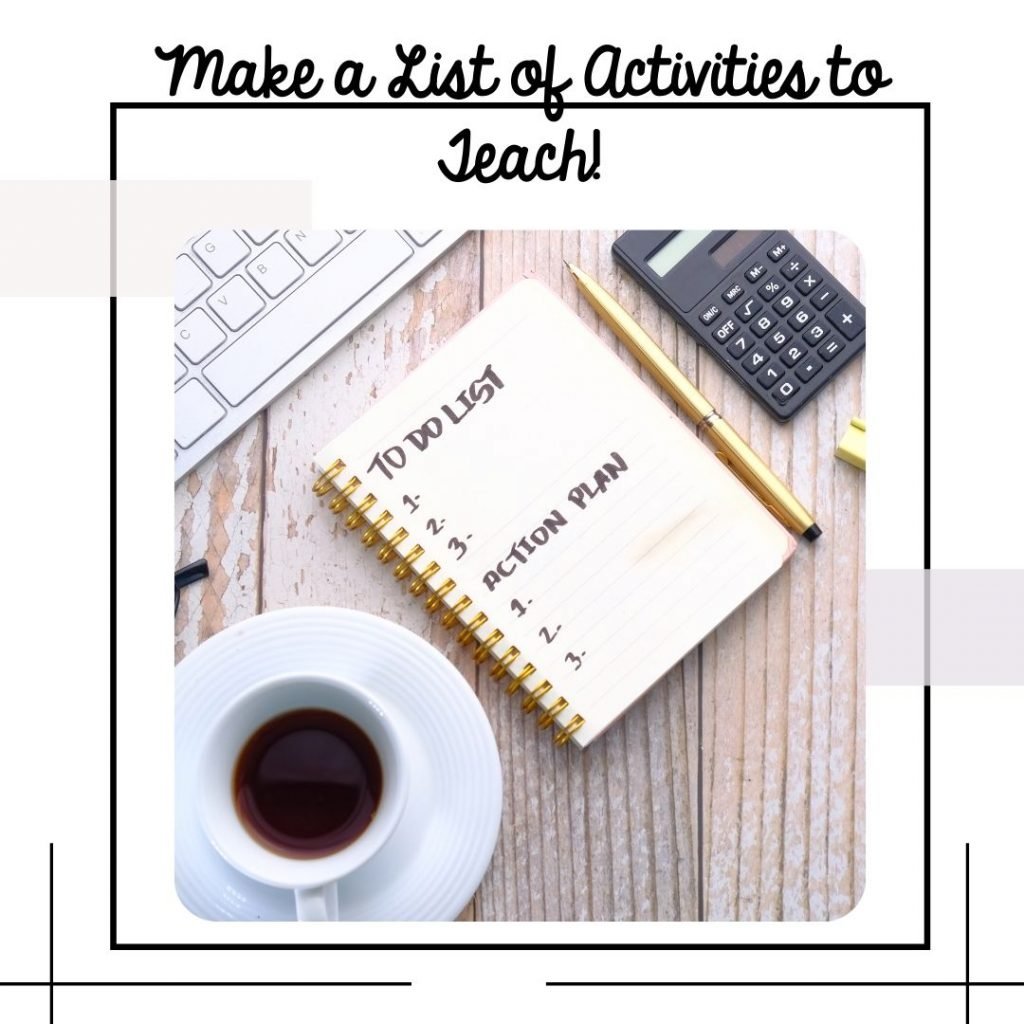Creating a balanced unit plan will help you in so many ways. It will alleviate stress, save you time, develop your classroom management skills, save you time! There will need to be some upfront work but in the long term, you will be very happy with creating something that can be used year after year (provided that you are teaching the same grade)!
What Does A Balanced Unit Plan Look Like?
- it’s a brain dump of ideas, and eventually ordered
- the plan provides a timeline
- it sets the framework for your daily lesson plans
- it provides a place where you reflect and think through your teaching
- it’s a place to search out integrations, differentiations, district expectations
- it brings to light your approach, biases, perspectives
Let’s Start With the Why
That’s always the first question. Why are you going to spend all this time teaching something.
- district/school requirement?
- Ministry of Education Learning Standards?
- important life skills?
- favourite/passion?

Brain Dump or Research
Which do you do first? That depends on you. Most times I start with research if I’m teaching something that is required of the district or is part of our learning standards. I make the “I Can” statements big and BOLD on the paper (I’m still a paper planner) at the top of the paper. Then I brain dump possible activities, books, websites, integrations, etc.
Brain dumps can be multiple papers!
Try to keep “the final draft” to 1 piece of paper (or page on a document). Mind you, I often work with an 11 x 17 piece of paper. If I am creating online, I will create landscape mode. An 11 x 17 paper prints to an 8.5 x 11 fairly easily.
What Components Should Your Balanced Unit Plan Have?
There’s a Lot! And I probably missed something!
- Theme
- Objective
- Specific Learning Standards/I Can statements
- Knowledge, Skills
- Essential Questions – Inquiry Questions
- Resources
- Assessments
- Differentiations (modifications, accommodations, enrichment activities)
- Integrations (art, technology, etc)
- Inclusion
- Perspectives (this one depends on where you live – our province requires Indigenous Perspective)
- Timeframe
- Student output
- Websites/Apps/Books
- Materials needed
What Is The Balanced Part Of This?
Balance can be different for everyone. But how I interpret balance is that this unit will be a win-win situation. All students will be engaged and learning, and I will not be stressed and find enjoyment teaching it. Tough ask but I can dream.
A balanced unit incorporates learning styles, a plethora of activities that are indoors, outdoors, on the floor, at the desk, and provides perspectives that address your students’ needs. BUT a unit plan should also be beneficial to the teacher. It should save time and money and give valuable information when it comes to teaching and assessing students. The plan should build community and connections. And it still is a tough ask. But not impossible. It just takes some practice.
This Is Just The First Part
There is more to say and do, but I’m going to move that do another post. I will also be providing a sample unit plan, so stay tuned! In the meantime, if you would like to read the difference between and unit plan and a lesson plan, click over to that post now.
Until then,
Happy Teaching!

Leave a Reply
You must be logged in to post a comment.